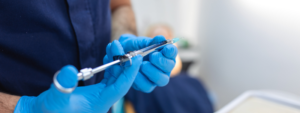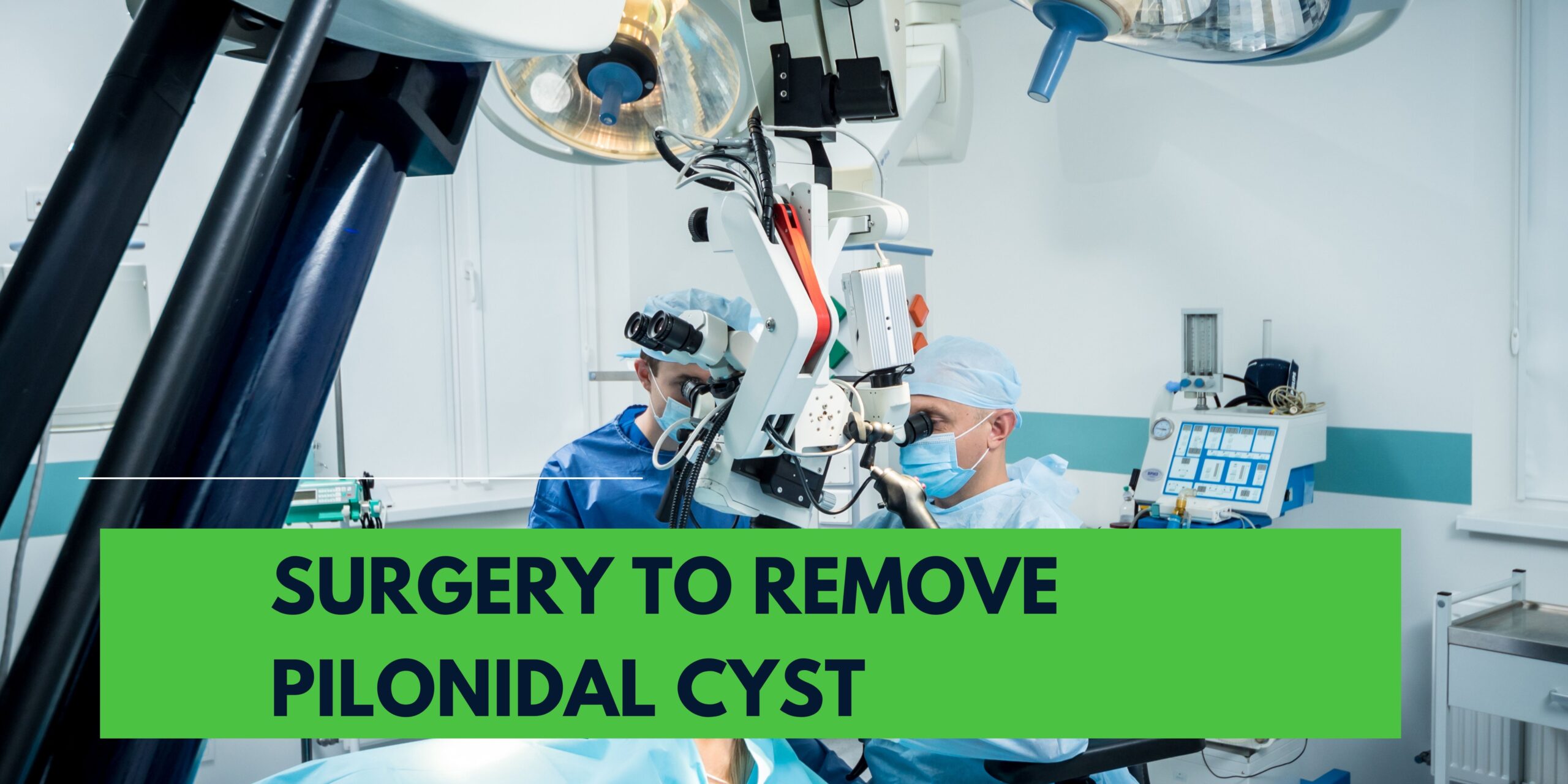Pilonidal sinus causes significant discomfort to the part near buttocks. You can locate a cyst or sinus close to the tailbone. The infected and inflamed area will cause pain. It will cause further complications without effective treatment.”
If conventional remedies fail to deliver the desired outcome, surgery becomes the best option. So, start searching for a board-certified surgeon for surgery to remove pilonidal cyst. Let’s talk about the different ways to get rid of the symptoms. You will also learn about the recovery period and aftercare tips.
Understand pilonidal cyst symptoms
Before talking about the surgical procedure, you have to understand everything about the disease. The pilonidal cyst appears when skin debris and hair get trapped beneath your skin. It leads to the creation of a sac filled with pus or fluid. But, in some cases, the condition is asymptomatic and causes swelling. The major signs of this disease are
- Pain near the tailbone
- Foul odor from the affected part
- Redness and swelling in the area
- Blood drainage and pus

Does every patient need surgical treatment?
A doctor for pilonidal cyst recommends surgery if
- You have persistent and recurrent cysts.
- Antibiotics have not shown any results.
- You experience frequent infections.
How to prepare for pilonidal surgery
Consult your expert surgeon to learn about pre-surgery preparation. You should choose a specialist with expertise in pilonidal cyst surgery. The qualified surgeon will conduct a physical test and ask you about your medical history. He will also discuss the symptoms and the available treatment options.
If you need invasive treatments, the expert will provide pre-surgical tips. For example, you must not take blood-thinning drugs before the day of the operation. Fasting for a certain period before the surgery is recommended.
You should also prepare yourself psychologically for the surgery. Know about the post-surgery effects and get additional information from your surgeon.
Explaining the surgery for pilonidal cyst removal
The surgical technique makes a difference in the steps of the operation.
1. Treating the area with anesthesia
At first, the certified colorectal specialist will apply general or local anesthesia. Local anesthesia numbs just the affected part, but the general one makes you fully unconscious. The expert will choose the anesthesia type depending on your preference and your cyst’s complexity.
2. Different surgical procedures to treat pilonidal disease
Colorectal surgeons choose different techniques for removing pilonidal cysts.
Incision and drainage are the most effective processes for treating minor cyst symptoms. The expert will create an incision and drain your cyst. He will then thoroughly clean the part.
If this method does not show the best result, the surgeon will recommend excision. This technique is effective if you have complicated and recurrent pilonidal symptoms. It involves excising the cyst and the adjacent tissue. During a wide excision process, the surgeon will remove the cyst and prevent recurrence.
Another surgical method is the flap technique used for treating pilonidal sinus. The specialist will remove cyst tracts and close the wound using the skin flap. However, the flap procedure has different variations, such as karydakis and Limberg.
In case of karydakis surgery, the surgeon will make an elliptical incision and resect the midline and sinus. He will secure a subcutaneous flap with skin sutures. This method is advantageous and effective for patients who have previous pilonidal cyst recurrences.
On the contrary, the Limberg flap process removes the pilonidal sinus and the adjacent tissue. It allows the surgeon to cover the part with healthy skin. However, you have to stay in the healthcare center for a day.
Moreover, an elliptical rotation flap is a surgical method that prepares the flap cutaneously. The oblique incision created by the surgeon prevents the formation of the scar tissues.
However, the duration of the surgical process depends on the technique applied by the expert. The surgery lasts for not more than an hour. After the surgical process, you need some time to recover.
Post-surgery care- Recovery tips from your surgeon
The colorectal specialist will monitor your condition even after the surgery. Once your health is stabilized, you can go home. The surgeon will ask you to keep the surgical part dry and clean. You should also check for the infection signs, such as –
- redness
- swelling.
Also, you need to make certain that you are taking the prescribed medications as per the instructions of the surgeon.
Besides, avoid strenuous physical exercise including heavy lifting. If you sit somewhere for long hours, it will put stress on the surgical site. You need some follow-up appointments to let your pilonidal cyst doctor check the recovery process.
Long-term aftercare is vital to ensure full recovery from the surgical operation. Clean the treated part with water and mild soap. Loose-fitting clothes are the best choice for feeling comfortable. It will help you avoid irritation at the surgical site.
What Doctor Treats Pilonidal Cyst?
At Pilonidal Expert, you will find the most qualified experts for treating pilonidal disease. The surgeon will prepare you for the operation and provide the recovery tips. You will get the best instructions on long-term relief. You can resume your normal activities within a short time after the surgery.
